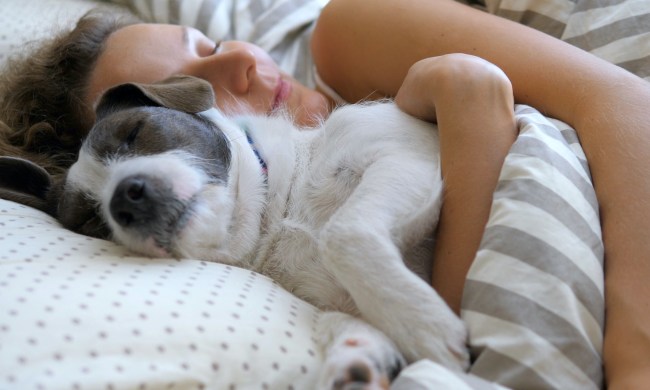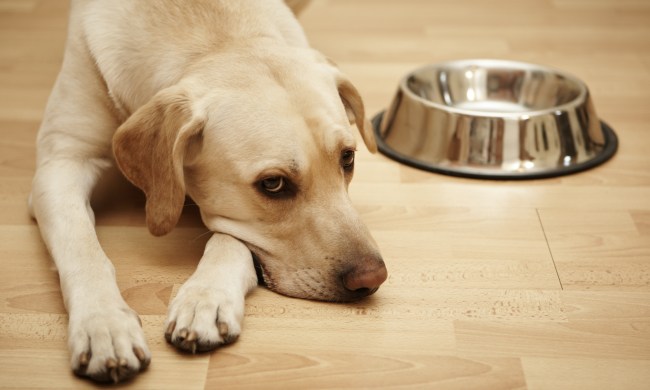Your dog may have mastered the puppy eyes that make your heart melt, and with that comes the extreme guilt during dinnertime. Even though you might want to allocate table scraps for your dog, some food options are just not good for them. Despite this, there are still a variety of tasty people food dogs can eat as treats that you can share with your furry best friend. So, the next time they give you those irresistible orbs during your designated snack time, you can confidently toss them a treat for being so cute.
People food dogs can eat
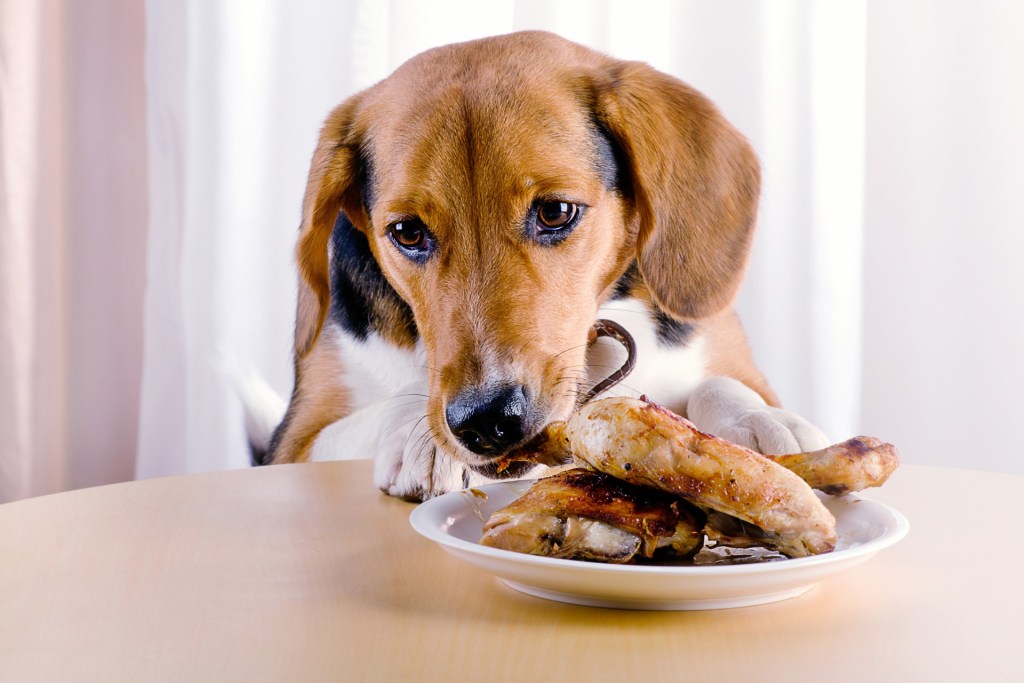
There are quite a few people foods that are not only OK for your dog but can also be healthy for them. Just like humans, however, some dogs tend to be very picky, so finding the perfect treats for your own pup can be difficult. Luckily, there are a lot of food options for your dog to choose from. Some of these include:
- Protein: Cooked chicken, pork, turkey, eggs, beef
- Fish: Salmon, shrimp, tuna
- Veggies: Carrots, green beans, cucumbers
- Fruit: Pumpkin, apples, blueberries, bananas, watermelon
- Carbs: Oatmeal, white rice
- Peanut butter
It is important to note that some dogs are lactose intolerant, so unless you know that your dog responds well to dairy, you should start off by giving them small portions. Carbs like oatmeal and white rice can help dogs with upset stomachs, which makes them a great option for pups with a sensitive tummy.
What foods do dogs need to avoid?
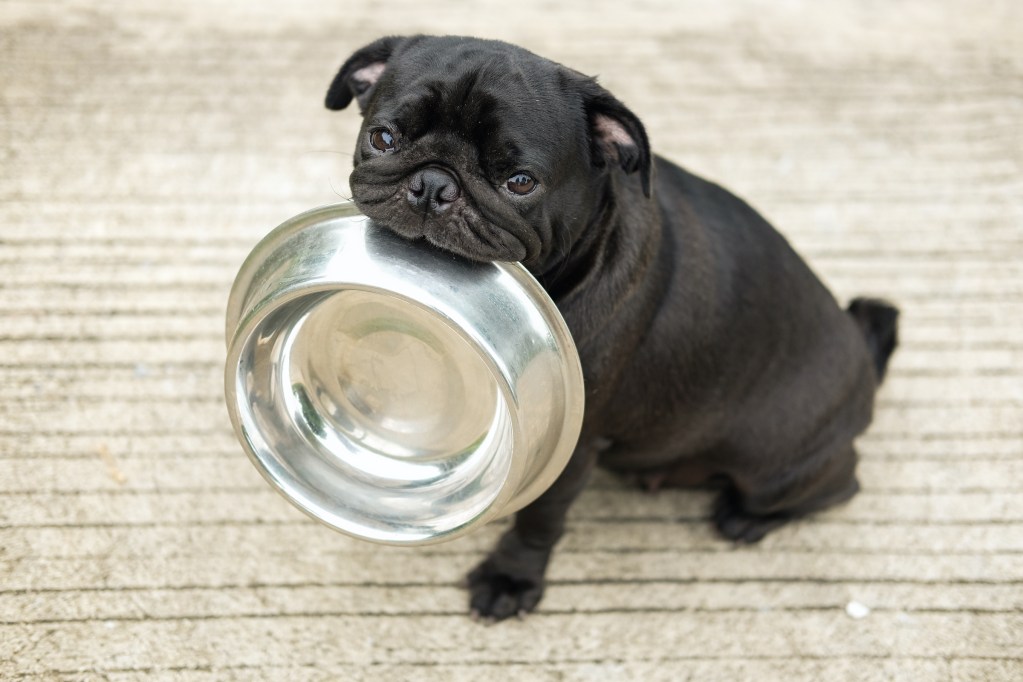
While there are a lot of great human foods that dogs can enjoy, there is also a lot to avoid. It is important to know what foods are not good for your dog because some can cause serious health issues. If you are unsure about a certain type of food, it is best to avoid. Some types of foods that your dog absolutely cannot eat include:
- Avocados
- Cherries
- Chocolate
- Coffee and caffeine
- Raisins and grapes
- Citrus fruits
- Nuts
- Onions and garlic
- Salty foods
- Bread
Can I feed my dog human food every day?
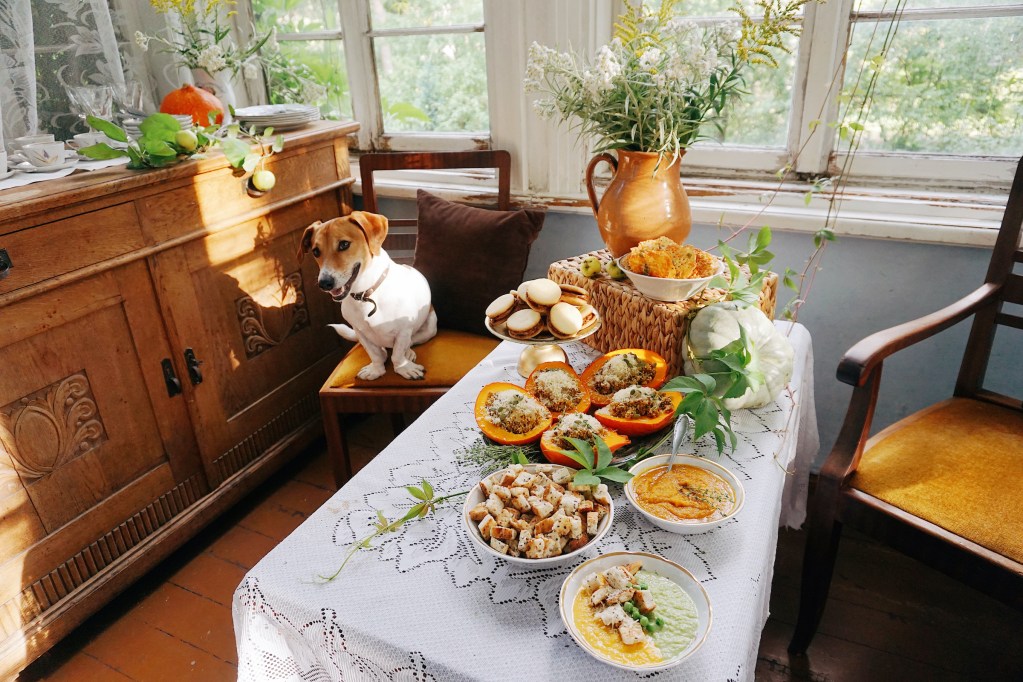
The only food that you should provide in large quantities is their normal dog food. Nothing in excess definitely applies to your pooch’s snack routine! Even one of these good foods given too frequently could cause issues, including digestive problems. On top of that, treats should only make up about 10% of your pet’s daily calories since they may have more fat, salt, or sugar.
Still, provided you follow the rules, you can give out human fare every day, especially if you stick to the no- or low-calorie options such as cucumbers and carrots. Last thing, keep your buddy’s size in mind! It’s key both for the amount of veg you offer and how you chop it up.
Keeping your dog at a healthy weight
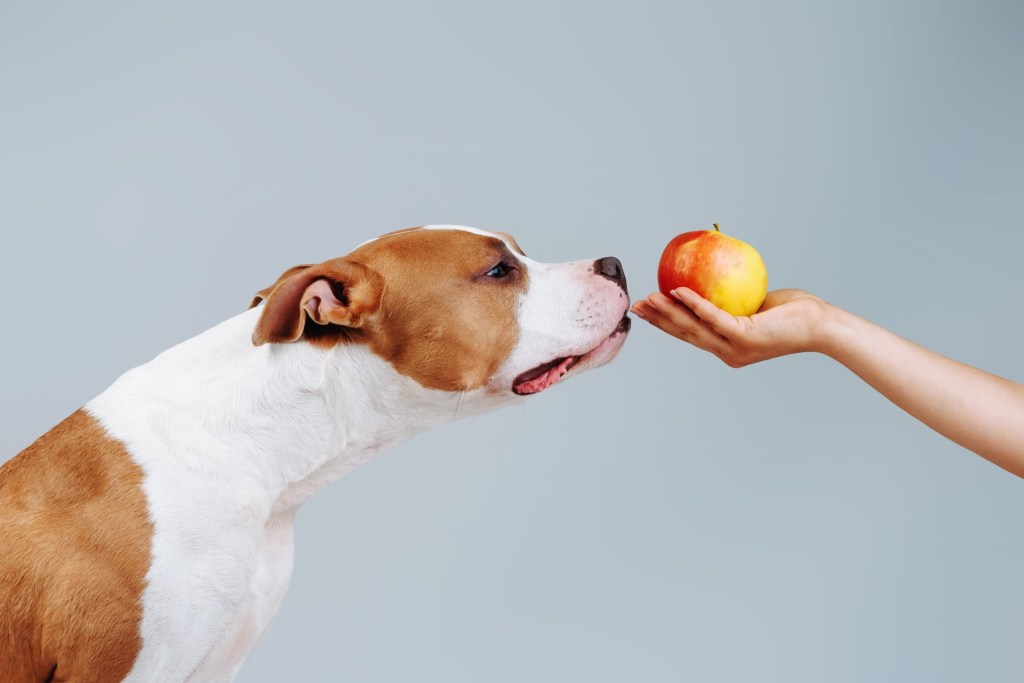
If you enjoy giving your dog snacks, their diet must accommodate those extra calories. You can do this by decreasing the portion of a meal or exercising your dog more that day. Keeping your dog at a healthy weight can help them live long, happy lives. Overweight dogs tend to have issues with their joints, bones, and muscles that can cause a lot of pain. They become more and more lethargic, making their quality of life diminish. However, with some controlled snacking and portion-sized meals, your beastie can stay healthy, happy, and full.
If you find that your dog enjoys some of the safe vegetables or fruits, you should make those the primary snack time treats. Plants offer a lot of great nutritional benefits to make your dog stronger and healthier.
Some of the best fruits and veggies include:
- Carrots. Chewing on carrots can help get rid of plaque buildup on your dog’s teeth. Carrots are also full of vitamin A, which can improve the health of your dog’s fur, skin, and immune system.
- Apples. Apples are a source of vitamins A and C, which can help with your dog’s immune system.
- Blueberries. Antioxidants and fiber are just a couple of benefits to feeding your dog blueberries.
- Cucumbers. Cucumbers have no calories and also contain a lot of vitamins, like vitamin K.
- Green beans. These tasty beans have great health benefits like vitamin K, calcium, and iron.
Everyone adores their dog, so they want to give everything to them. People share their homes, beds, and love with their furry friend on a daily basis. Because of this, it is easy to want to toss your dog a treat that you’re snacking on. While there is nothing wrong with spoiling your pet, it is important to know what treats are good to go and which ones can be dangerous for your dog. So, the next time you’re unsure about the treat you want to feed your pup, do a quick internet search for safer snacking.


